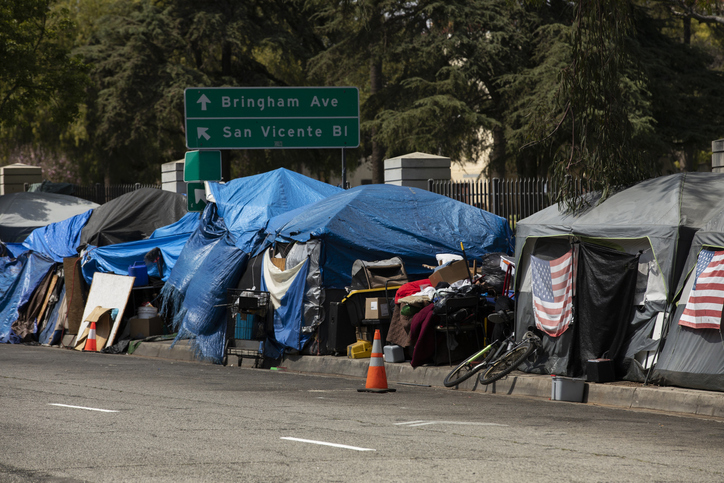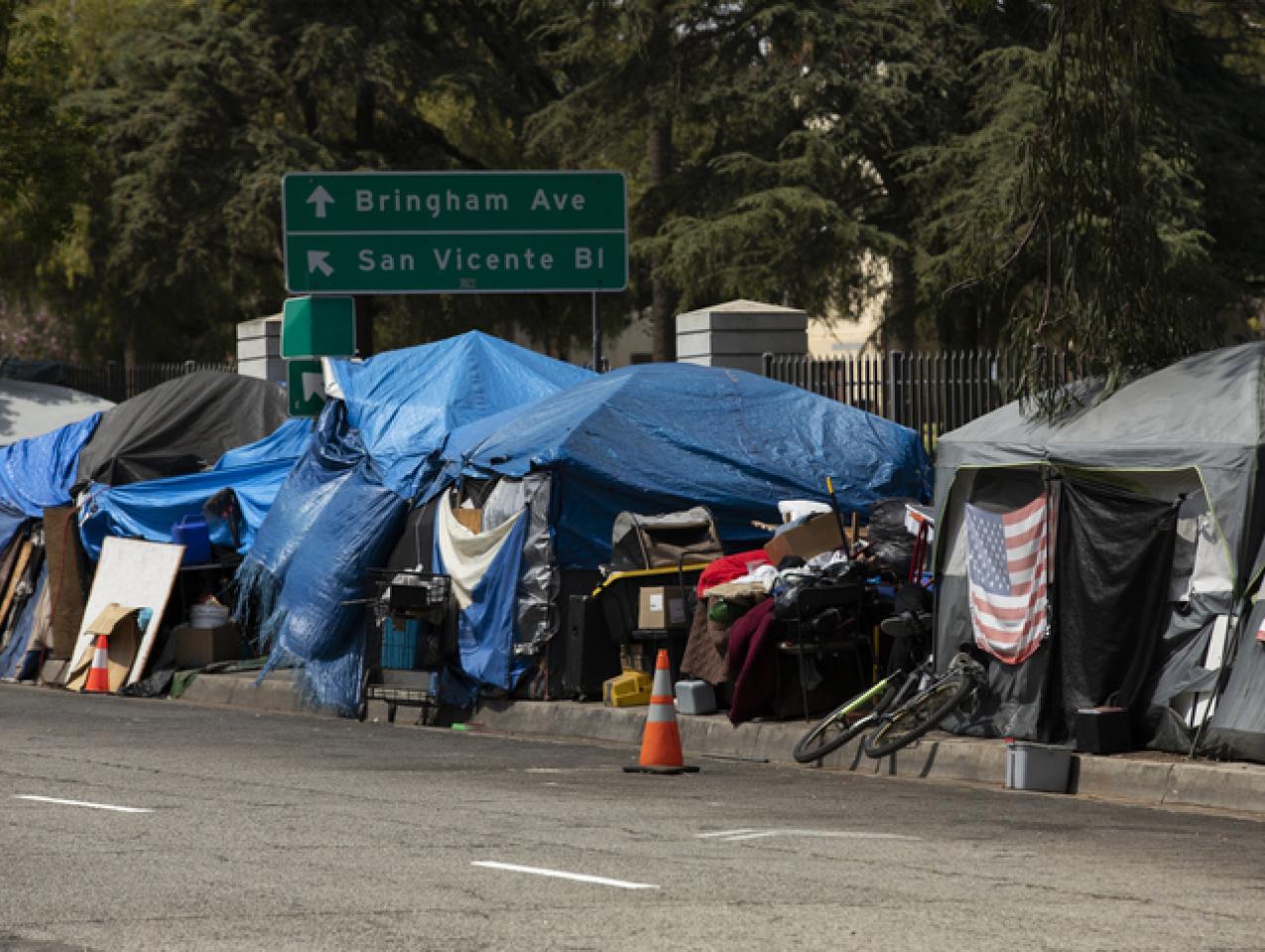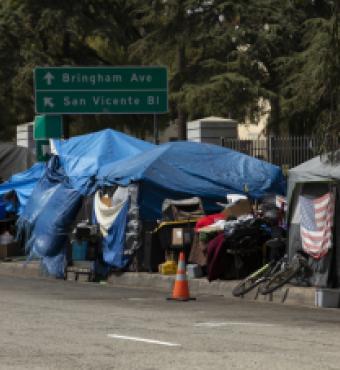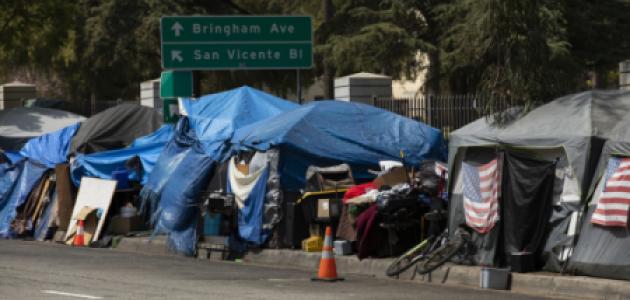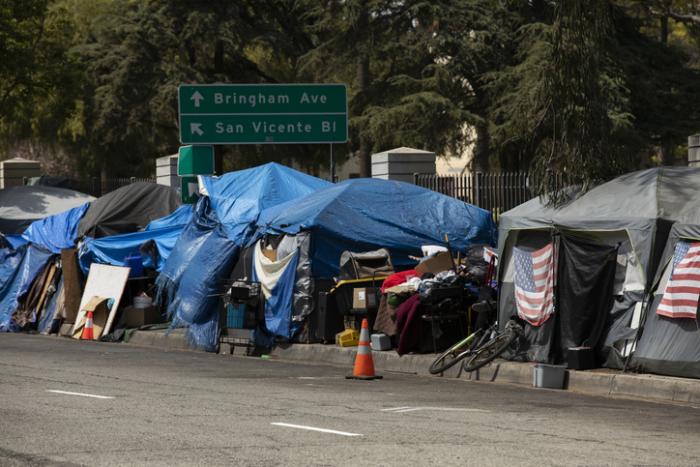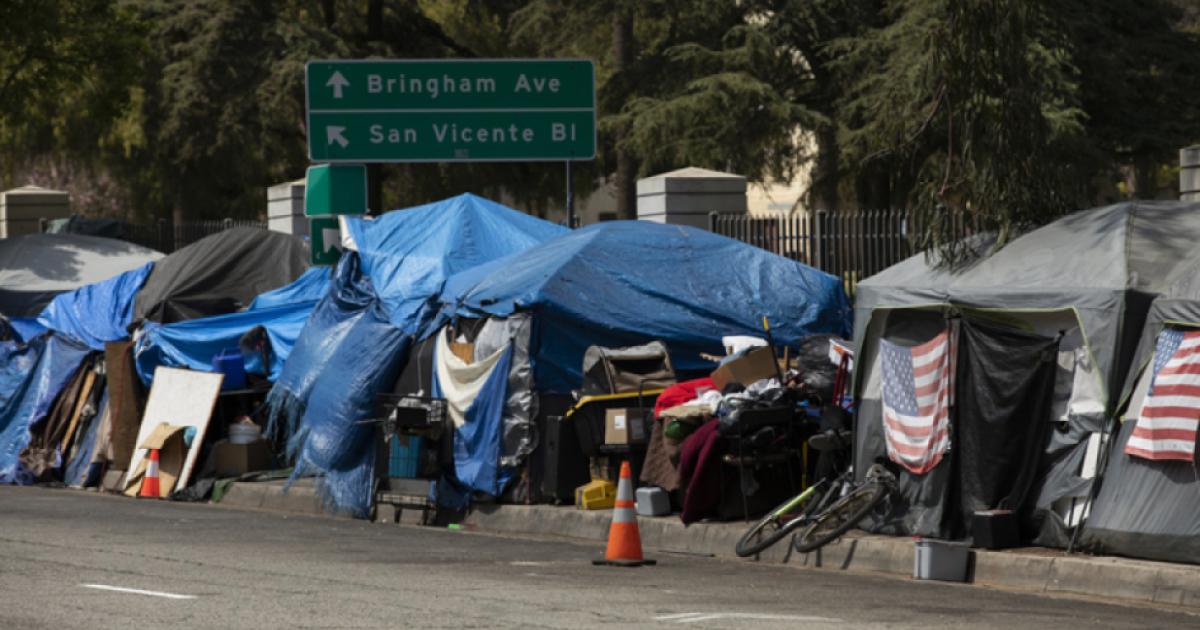In March 2023, Gavin Newsom announced that the state would help local governments address homelessness by providing funding for 1,200 “tiny homes,” which are small, prefabricated units to provide temporary housing for those in encampments. “I get it,” Newsom stated. “You want to see progress and you want to see it now.” Newsom said he wanted the tiny homes ready by the summer. Newsom meant summer of 2023. But none were ready then, nor in the summer of 2024. I am unaware of reports that even one is occupied now.
It is not just the delay that is the problem with the tiny homes plan. It is also the cost. San Jose, one of the four locations chosen for this project, will be spending $30 million for tiny homes that will add 144 beds to an existing tiny homes site in the city, consisting of 72 single-occupancy units, which do not have plumbing, and 36 double-occupancy units, which have a bathroom but no kitchen. The standard sizes of these units are 70 square and 120 square feet, respectively. This works out to about $208,000 per bed and about $278,000 per unit. (A phone call to confirm the size of the units was not returned.) Images of the 70-square-foot unit show space for a twin bed, a small desk, and two shelves, with clothes hanging below the bottom shelf.
The cost of these units also needs to include the value of the 4.4-acre plot dedicated for the tiny homes. Silicon Valley land is among the most expensive in the country. I estimate the value of this land is about $11,400,000, based on the June 2024 sale of an adjacent property. Pro-rating half of the land value to the cost of this tiny homes expansion yields a cost of about $248,000 per bed and about $331,000 per unit. This works out to about $3,800 per square foot.
To put these estimated costs in perspective, note that the value of the median US single-family home is about $202 per square foot based on data from the National Realtor’s Association and the American Home Size Index; it’s about $478 per square foot for a California single-family home, based on data from the California Association of Realtors and the American Home Size Index. The cost per square foot of a tiny home exceeds these values by factors of about nineteen and eight, respectively.
So, why does such bare-bones shelter cost about the same per square foot as the most expensive housing in the country, such as Jeff Bezos’s $79 million, 1.9 acre estate on a private Florida island, or more than twice as much as the Beverly Hills estate currently being purchased by Jennifer Lopez?
The units described above are considerably more expensive per square foot than alternative tiny homes. For example, the cost of the 70-square-foot unit without a bathroom is about $227 per square foot. In contrast, manufactured housing, which is also factory-produced, costs only about $87 per square foot and includes a bathroom and a kitchen. A 500-square-foot tiny unit—seven times larger than the 70-square-foot unit, and which includes a bathroom and kitchen—is $22,299, and there is a 380-square-foot model from Walmart that includes a bathroom and a kitchen for $15,900. These units are significantly larger and much less expensive than the 120-square-foot unit built by one of the state’s vendors for $48,500. And there are many other tiny home options that are much less costly.
The total cost of purchasing these units will be about $2.9 million. But the budgeted cost for purchasing and installing the homes—those categories in the budget identified as “modular”—adds up to about $10,976,000.
This cost doesn’t include any fees outside of purchase or installation. It doesn’t include the separate categories of management fees, overhead, building site preparation, cleanup, water, sewer, or electricity. And many tiny homes are 99 percent pre-assembled and are advertised as being able to be finished by a do-it-yourself homeowner. So, why is it so expensive?
Like almost all projects contracted with state government or local government, this project has a project labor agreement, or PLA, which is a collective bargaining agreement between building trade unions and contractors. A PLA governs the terms and conditions of employment for all workers—union and nonunion—on a construction project. One developer I spoke with noted that costs on a recent development in Los Angeles that required a PLA were about 50 percent higher than non-PLA projects. These high costs reflected not just the higher cost of labor but the costs of compliance in dealing with union work rules.
There are other seemingly expensive budget categories, including $1.3 million for design fees. It is hard to understand just what would be so expensive to design on a site with existing tiny homes. I showed the budget to a developer who specializes in low-income housing in the state. He remarked that the budget was “out of control” and was “unacceptable.”
Getting the homeless off the streets and into shelters is necessary. But the process of creating small emergency shelters shouldn’t cost anywhere close to this much. The big picture is simple: find low-cost locations, preferably those that are relatively flat and can reasonably tie into existing utilities, and purchase cost-effective units. It appears the state is failing at this, to the point that the per-square-foot cost is insanely expensive.
Taxpayers deserve to know why the state is making such expensive choices, but they have no idea how their money is being spent. So, what about an office of taxpayer advocacy that monitors state and local governments, which is independent of any government agency, whose responsibility is to inform voters of the fiscal decisions and efficiency of government, one which would be the agent of taxpayers, much as the state’s Legislative Analyst’s Office provides fiscal advice to the state’s legislators? Without a much stronger presence of taxpayer advocacy within state and local government, we will just see more and more of this, and we’ll burn through funding that could do so much more than it is.
This piece has been revised. It updates the tiny home cost for this unit; updates the per square foot costs of single family housing in California and the U.S.; is edited slightly to increase clarity; corrects two data errors ($1.3 million was originally reported as $4.3 million, 10,976,000 was originally reported as $10,820,000); and modifies the calculation of the total cost of the project to include half of the land value, rather than the full value of the land. The main point is unaffected by these changes.







